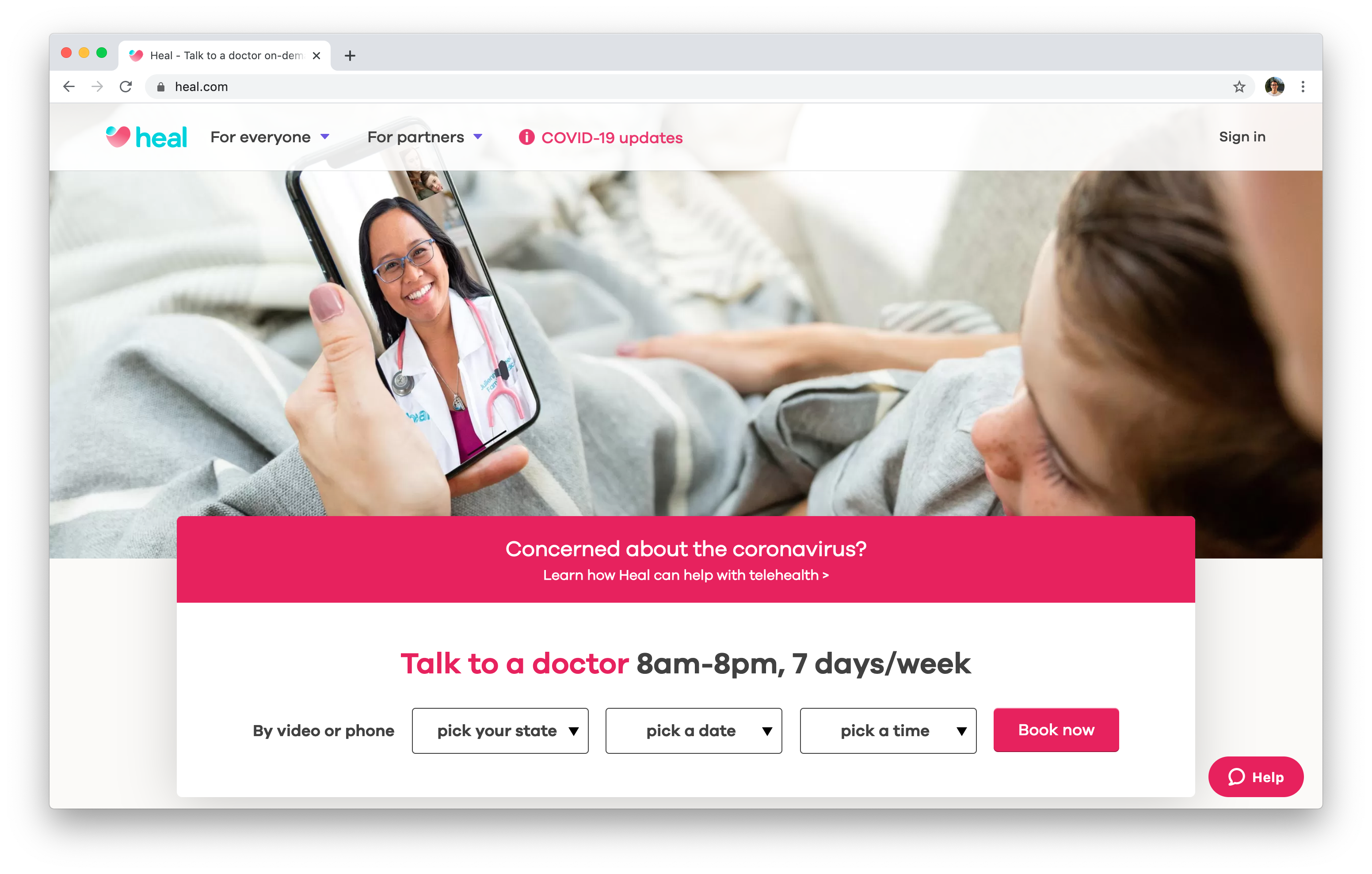Why Subscription Based Healthcare is Gaining Appeal Among Patients Today
Why Subscription Based Healthcare is Gaining Appeal Among Patients Today
Blog Article
The Rise of Subscription-Based Medical Care and Its Influence On Patient Treatment
As health care evolves, the subscription-based version is acquiring grip, assuring to change client care by offering predictability and availability. The possibility for these models to improve healthcare delivery increases pressing inquiries regarding their long-lasting sustainability and inclusivity. Are these subscription solutions the future of healthcare, or do they risk leaving prone populations behind?
Recognizing Subscription Healthcare Models
Realizing the principle of subscription healthcare models includes analyzing a transformative method to medical services that stresses cost and ease of access. These designs, frequently referred to as direct health care (DPC) or attendant medication, have actually become ingenious alternatives to conventional fee-for-service medical care systems. Membership medical care enables people to pay a fixed monthly or annual fee for a defined collection of medical solutions, which may consist of limitless workplace sees, routine check-ups, and fundamental lab tests, without the demand for typical insurance policy billing.
The framework of subscription health care models is created to improve client care by getting rid of third-party payers and intricate payment codes, thereby reducing management concerns. Health care providers can focus a lot more on patient care, promoting stronger patient-provider partnerships. This design also promotes preventative care by urging normal brows through, as the financial obstacle of per-visit costs is removed.
The registration model typically equips healthcare suppliers to take care of smaller patient panels, enabling for more personalized care. It aligns monetary motivations with individual wellness results, as carriers are motivated to preserve person satisfaction and wellness. Generally, comprehending registration health care versions calls for identifying their possible to reshape just how care is provided and accessed.
Advantages for People and Suppliers

With a constant earnings stream, medical care experts can dedicate more time to each patient, leading to an extra detailed and tailored treatment experience. The emphasis on preventive treatment within membership plans can lead to far better individual results and lowered lasting medical care expenses.
Worries and difficulties
While subscription-based health care designs present various advantages, they also feature a collection of difficulties and concerns that should be attended to. Initially, ease of access stays a considerable issue, as these versions commonly target people that can manage month-to-month charges, potentially omitting low-income populations. This raises honest inquiries regarding fair accessibility to health care solutions. Additionally, the diverse nature of registration plans can cause confusion amongst people relating to protection specifics, potentially resulting in unmet assumptions or insufficient treatment.
Financial sustainability of subscription-based models is another issue. Companies should stabilize the fixed income from registrations with the variable costs of medical care services, which may fluctuate as a result of unforeseen medical requirements. This can create pressure to limit solutions or rise costs, possibly impacting patient complete satisfaction and care top quality.
Moreover, regulative oversight of subscription-based healthcare models is still evolving. Attending to these difficulties is crucial for the equitable and successful application of subscription-based healthcare.
Effect On Patient-Doctor Relationships
One significant influence of subscription-based health care designs on patient-doctor partnerships is the capacity for improved continuity and individualized care. By embracing a membership design, medical professionals can manage a smaller patient panel, enabling for more committed time with each individual. This enhanced schedule promotes a much deeper understanding of a person's clinical background, way of life, and choices, making it possible for a lot More hints more tailored therapy strategies and interventions.
Nevertheless, it is important to identify that while subscription-based designs might profit those my review here who can manage them, they might accidentally expand health care variations. People that are incapable to take part in these designs could experience reduced accessibility to customized treatment, potentially impacting their relationships with medical care service providers. Hence, while the membership design provides encouraging benefits for patient-doctor partnerships, it also poses difficulties that require to be addressed to ensure fair health care access.
Future of Healthcare Access

The function of innovation can not be overlooked in this improvement. Telemedicine systems and digital wellness documents help with seamless interaction between clients and doctor, breaking down geographical and logistical obstacles. Furthermore, advancements in expert system and information analytics can further individualize treatment by forecasting person demands and optimizing treatment strategies.
However, the future of medical care access additionally provides obstacles, such as making sure equity throughout various socio-economic teams. Policymakers and medical care companies need to collaborate to connect the digital divide, ensuring that subscription-based designs continue to be inexpensive and inclusive. As these systems grow, they hold the pledge of making healthcare more available, effective, and patient-centric.
Final Thought
Subscription-based medical care versions are improving patient treatment by supplying a steady cost structure and improving ease of access. These versions enhance patient-provider partnerships via personalized care and regular brows through, highlighting preventative health. Despite these advantages, challenges such as accessibility issues for low-income populaces and the requirement for fair medical care services persist. The rise of subscription-based medical care motivates aggressive patient involvement, more helpful hints which has the potential to improve patient end results and complete satisfaction, indicating a transformative shift in healthcare distribution.
As health care develops, the subscription-based model is gaining traction, assuring to transform individual treatment by supplying predictability and ease of access.Subscription-based medical care versions provide distinctive advantages for both individuals and suppliers, boosting the general medical care experience.As healthcare systems evolve, the future of health care gain access to often hinges on the combination of cutting-edge designs and technologies.Subscription-based healthcare versions are improving patient care by offering a steady cost structure and enhancing accessibility. The surge of subscription-based medical care urges positive person engagement, which has the potential to boost client end results and satisfaction, indicating a transformative change in medical care shipment.
Report this page